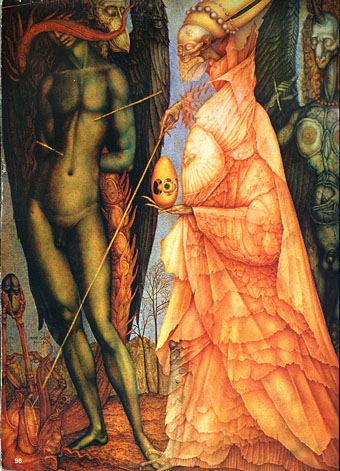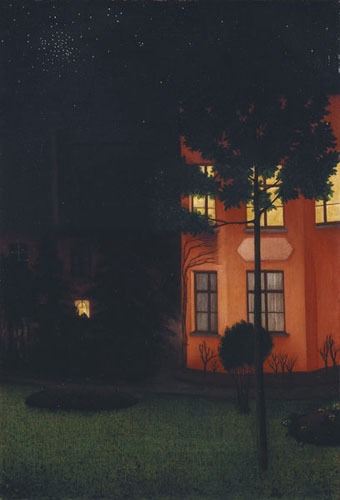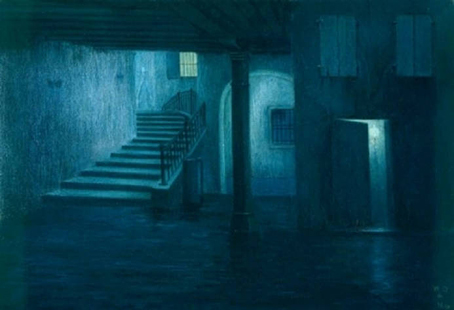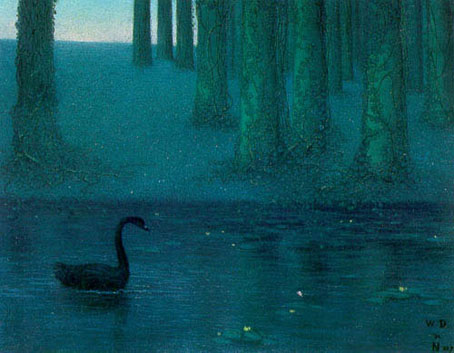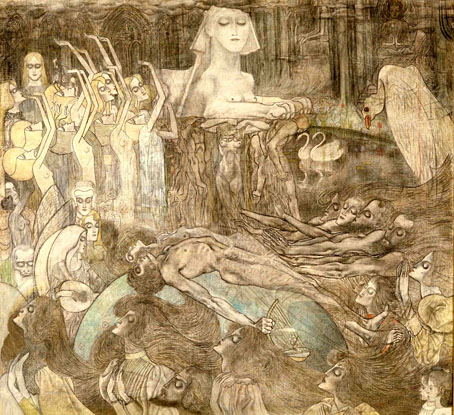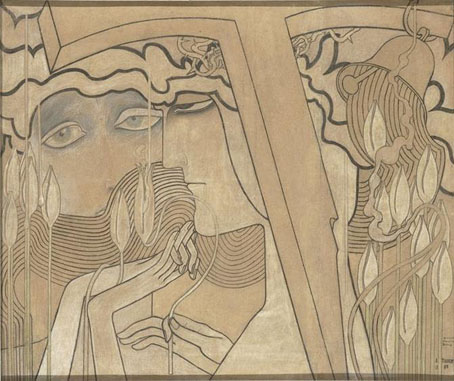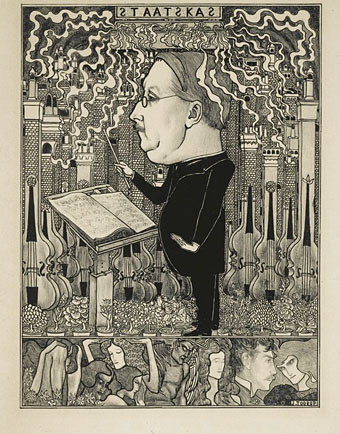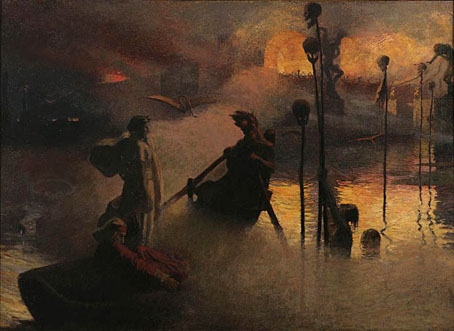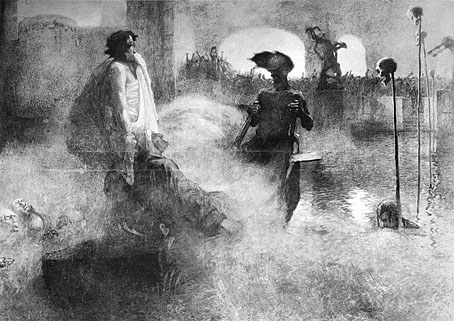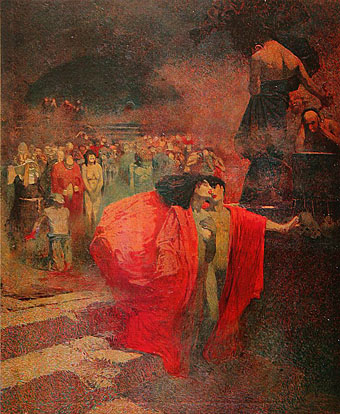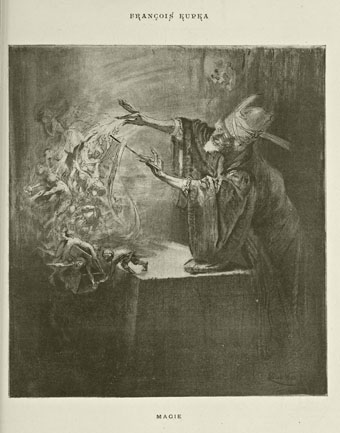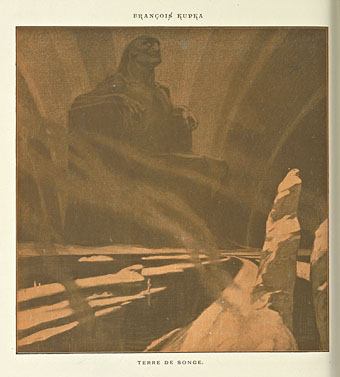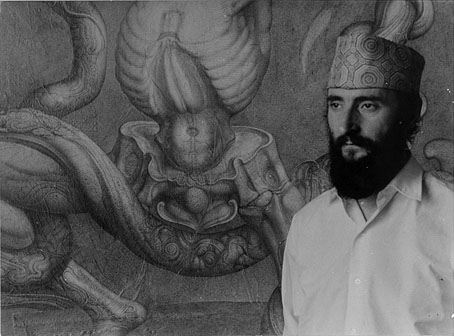
It was a surprise to see the death of Austrian artist Ernst Fuchs mentioned on the BBC website since I’d never seen him mentioned in the British media during his lifetime. Fuchs was one of those artists who would have been a natural Surrealist if he’d been born a few years earlier, and his work does occasionally receive a mention in the more comprehensive guides to Surrealism. The first place I saw any of his paintings was in the pages of Omni magazine when it was launched in the late 1970s. As well as providing a high-profile showcase to science-fiction writers, Omni in its early days avoided generic SF art in favour of the living practitioners of Fantastic Realism: Fuchs, HR Giger, Mati Klarwein, Robert Venosa, Rudolf Hausner, De Es Schwertberger and many others. Fuchs was often seen as the figurehead of this loose movement as a result of founding the Vienna School of Fantastic Realism in the 1940s, but Fantastic Realism as it’s generally applied is an umbrella term used to connect a generation of artists who were using hyper-real techniques to explore their obsessions. Fuchs’ obsessions often concern spirituality of one kind or another but he could be erotic as well, something you can’t always say about his many imitators in the current Visionary Art world. At his best his paintings seem caught midway between the Max Ernst style of the late 40s and Gustave Moreau’s more hieratic moments, with human figures or inhuman creatures emerging from (or melting into) mineral forms.
• Official site
• Fuchs at Wikiart
• Fuchs pages at Fantastic Visions
• 360-degree panorama of the Apocalypse Chapel, Klagenfurt
Battle of the Gods that have been Transformed (1952).
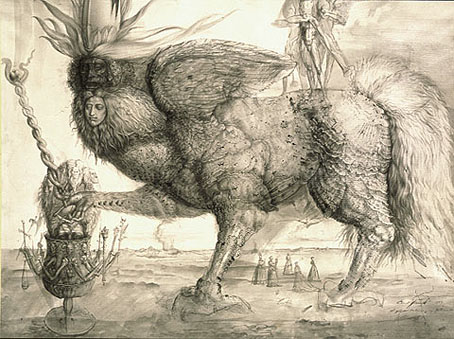
The Spirit of Mercury (1954).

